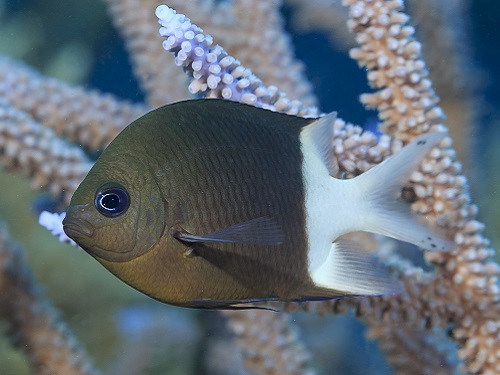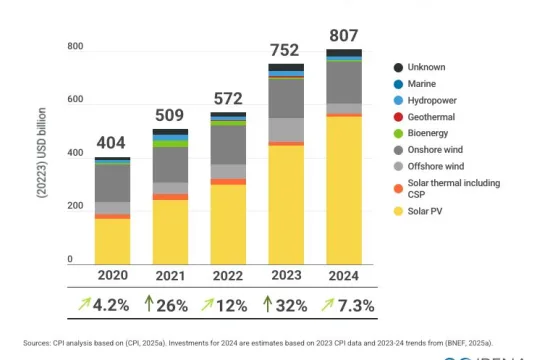Some species of fish have special adaptive mechanisms that could improve their chances of surviving the greenhouse effect.

Credit : © 2017 Tane Sinclair-Taylor
Fish born to parents tolerant to elevated levels of carbon dioxide (CO2) could have a better chance at adapting to ocean acidification. Understanding how marine life adapts to these and similar environmental changes could help improve future conservation strategies.
An international team led by KAUST wanted to understand how fish genes were affected by exposure to high CO2 levels at various points in their lifetime. They also wanted to know if there was an effect on fish born to parents who were exposed to elevated CO2 levels.
KAUST computational biologist Timothy Ravasi and colleagues collected adult spiny damselfish from the Great Barrier Reef in Australia and exposed them to CO2 levels similar to those projected for ocean waters by the end of the century.
Fish that are sensitive to elevated CO2 levels fail to respond to chemical cues from predators (they don’t swim away), affecting their survival.
“The elevated levels of CO2 that are projected for the end of the century have been considered as minor changes for vertebrates by some,” says KAUST marine biologist, Celia Schunter; however, the reactions of the fish in our study indicate that changes are quite significant, both in their behavior as well as more systemically.
“When we placed our fish in environments with elevated CO2 levels, we observed reactions from one third of their genome,” explained Schunter. Interestingly, these molecular changes we observed in the fish were nearly recovered if its parents had previously experienced high CO2 levels.
“This result suggests that the molecular effect of elevated CO2 is largely buffered across generations, which could be a good sign,” says Schunter.
The team found an interplay between genetics and the epigenetic cues that switch genes on and off in response to environmental variations. “Epigenetics seems to be an important mechanism for fish to acclimate to an environment high in CO2,” says Ravasi; “however, to adapt, fish first need to have a genetic predisposition of tolerance in order to pass this tolerance on to their offspring,” he says.
The researchers found evidence that the failure of CO2-sensitive fish to respond to chemical cues from predators is due to a hyperactive cycle involving the transmission of an inhibitory neurotransmitter found in the brain.
They are now scanning the entire genome of damselfish to identify the part responsible for CO2 tolerance. They also plan to see if these patterns are common in other fish species and in different ecosystems, including an investigation into the fish living in the vicinity of underwater volcanic CO2 seeps in Milne Bay in Papua New Guinea.






